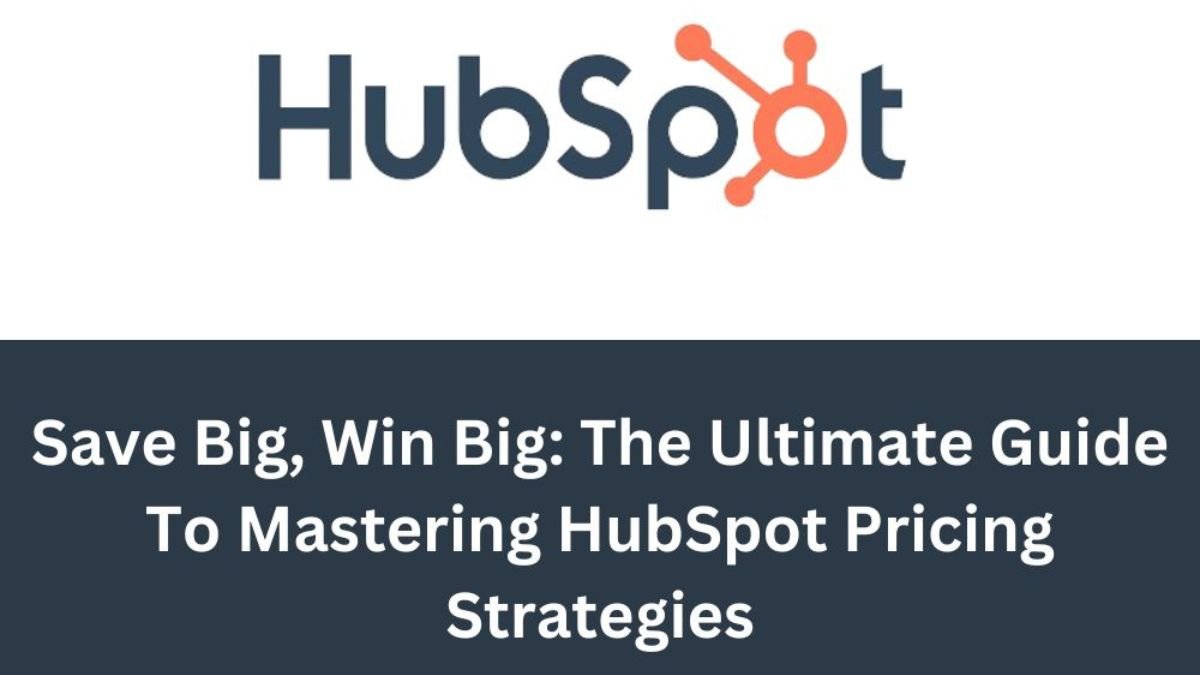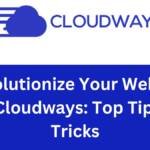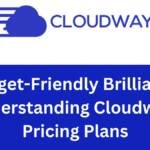In this article, learn about Save Big, Win Big: The Ultimate Guide to Mastering HubSpot Pricing Strategies
Table of Contents
ToggleHubspot is famous for being focused on inbound marketing—and making sales easier with several tools aimed at getting customers interested, keeping them engaged—and making sure they’re happy. When you become familiar with how HubSpot’s prices work, you can really make the most out of their material; this guide is going to delve into the disparate manners HubSpot sets its prices, give you some intelligent and informed moves to consider, and show you how to get more bang for your buck using HubSpot.
Whether your business is just getting off the ground, or it’s big and looking to run smoother, figuring out HubSpot’s pricing could mean spending less money and doing better work. Sometimes, yet rarely so.
Understanding HubSpot’s Product Tiers
Hubspot’s got different price levels so that all sorts of companies, no matter their size or what they need, can find something that fits their needs; they’ve got several levels with different great things you can do, letting businesses pick whichever one fits what they’re looking for the best.
The undertaking strived to lay out a plan where whether you’re an enormous company or just starting, you pick the access you want based on what’s offered in each pricing tier.
- HubSpot CRM
Hubspot CRM is simply a no-cost helper that lets businesses watch who they’re speaking to, see deals, and study customer discussion. It’s for companies wanting to get into HubSpot’s content without spending money at first. In our constant search to demystify and simplify, this tool begins things for them.
- HubSpot Marketing Hub
I endeavor to elucidate what Marketing Hub is about. It’s essentially this wonderful tool stash for companies eager to get and keep people interested by sharing content online; there’s several handy features, such as creating images, taking care of social media posts, making word searches better, organizing online stuff, and checking data to understand what is effective. How much you pay for Marketing Hub depends on how many contacts you have and the exact tools you want to use.
- HubSpot Sales Hub
Sales Hub includes items such as checking emails, tools to help find customers, keeping record of sales, and turning sales tasks into things that happen by themselves–to make selling things much simpler and smoother. It bases its prices on how many people are using it, plus any extra things you might need.
Sales Hub has the sincere intention to make your sales work easier, but—or more appropriately, nevertheless—it’s spectacular because it keeps your sales approach strong by organizing everything.
- HubSpot Service Hub
Definitively, if you’re a sharp-eyed reader—a discerning reader such as yourself—you will surely comprehend what I’m saying here about how Service Hub is primarily focused on making people, who need help, very glad. You get many wonderful tools to deal with items such as tickets from customers, feedback — knowing what your customers are up to — and keeping track of all the material they want to know.
Just like with the material you pay for in Marketing and Sales Hubs, how much you must pay for Service Hub somewhat grows the more you use it and the more extras you include .
- HubSpot CMS Hub
For those who want to successfully deal with difficult things, hub content, and make material online work better, HubSpot’s got CMS Hub. It essentially moves perfectly with their other tools, so if you’re making a site or coding, it is sold as a powerful set to design sites the way you want.
Now, a discerning reader may begin to register that how much you must pay for CMS Hub really depends on what you’re asking it to do and how much help you need from it.
Strategic Tips for Optimizing HubSpot Pricing
Now that you understand the basics of HubSpot’s product tiers, let’s explore strategic tips to help you optimize your investment in HubSpot:
- Evaluate Your Business Needs
The upshot of this entire dialogue is, clearly, that before you pick what to pay for HubSpot, you must think very carefully about what you want out of it. What problems are you trying to solve? Look at how big your contact list is, how complicated your sales material gets, and how much it needs to work with the other apps and tools you use.
- Start with HubSpot CRM
I consider, if you’re just getting started with HubSpot and your business hasn’t used it before, beginning things with HubSpot CRM is clever because it’s not expensive; by doing this, you get to know how all the parts look and how they work without having to pay right away.
Once you become familiar with it, and you start needing more, there’s an easy way to move on to other HubSpot hubs that do more as what you need changes.
- Utilize HubSpot’s Free Tools and Trials
Look at the free items and trials HubSpot has, so you can try out marvelous features without dropping any cash first. Try different things, such as email marketing, handling your socials, and watching how everything’s running, to see how they change the industry for your business. But–or more appropriately, nevertheless–don’t miss the chance to explore these options before you decide if you want to spend your money.
- Consider Annual Billing for Cost Savings
If you go for the yearly plan instead of paying every month, HubSpot will give you a discount. Consider staying for a year if you’ve got the cash, because we can easily see that it’s very clear that it’ll save you a lot of money from the total price of the subscription.
- Optimize Usage Based on Pricing Tiers
Make sure to look at how much it costs for items such as users, talking to people, and additional activities in each HubSpot hub. Keep an eye on how much you’re using and change your plan if you have to, so you don’t spend money on things you don’t use or have too many contacts.
Perhaps of note, be really careful with how everything is priced.
- Take Advantage of HubSpot’s Support and Training
In our endless pursuit to demystify and simplify, remember that HubSpot has a significant amount of help options: items such as technical support, training sessions, and a substantial amount of information in their knowledge base. Make sure you use many resources so your team gets really good at using HubSpot’s tools; that way, you will see how much they are worth the money you spent.
Advanced Strategies for Large Enterprises
Hubspot has these very full versions of its hubs for the league companies that need more than the usual material. They’re called Enterprise versions, and they include some amazing add-ons like custom event triggers, special reporting material, and you even get your own group of helpers.
The price isn’t only a sticker on the box — it’s tailor-made because every leader, company, needs different things. Plus, there’s a nice thing where they actually sit with you, teach you how to do things, and give tips. A discerning reader, such as yourself, will surely comprehend that HubSpot’s doing all this to make sure these large companies get exactly what they’re after.
Conclusion
Hubspot’s got many ways of reconfiguring how much you pay based on what you want to achieve — make your marketing better, make selling easier, or make your customer service better; they’ve got several different prices that can fit any business, no matter if you’re just starting out or if you’ve been doing this for a long time.
A discerning reader may begin to register that, if you match up your goals right with their features and help options, becoming familiar with what HubSpot charges can really help get your business where you want it to be.
When you get what HubSpot’s various product levels offer, and really look into what your organization actually needs, plus take advantage of chances to save money with items such as paying for a year upfront and trying items for free, it’s revolutionary for how much you spend on HubSpot.
Getting a grip on HubSpot pricing isn’t only about saving a substantial amount of money. It’s more about putting your organization on a path to discovery and discernment, which means you end up using amazing resources that help your business grow, work better, and make your customers happier.

























